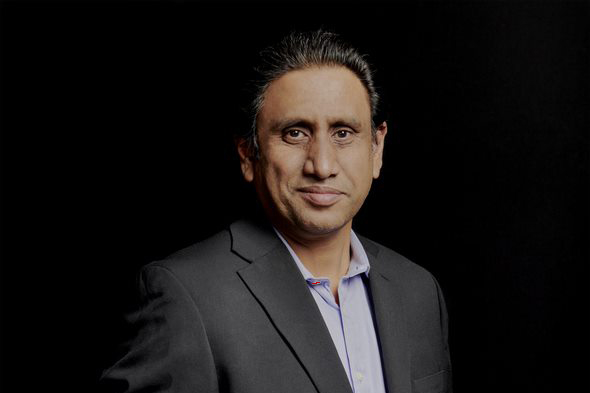When Donald Trump first popularized the phrase, it signaled a significant shift in American public discourse. This succinct expression and its resonance with millions highlighted deeper issues that had been affecting our national conversation for years.
These issues weren’t new with Trump’s rise to power. While trust in all media and complete neutrality in news coverage were never absolute, there was a time when newsrooms prioritized their role as impartial moderators of national discussions. Editors and executives focused more on earning and maintaining broad public trust than on pandering to any specific political faction.
However, over the past few decades, these values have eroded. By the time Trump assumed the presidency, many newsrooms seemed to operate as if aligned with a single political party. Consumers could easily discern the partisan leanings of various media outlets by scanning headlines or tuning in briefly.

While this approach proved lucrative, catering to tribal loyalties and ideological consistency, it came at a cost. America lost something vital amidst the profit and partisan fervor—a breakdown in civil discourse, leading to heightened political polarization and record-low trust in media.
Media outlets like Newsweek have a crucial role in addressing this breakdown and fostering accountability in public discourse. Understanding the shifts in the media landscape that brought us here is essential to this endeavor.
The media industry has undergone rapid transformation in the past 15 years, driven by two major changes: the disruptive influence of social media on news distribution and the evolving methods of news monetization.
Social Media’s Impact on News Consumption
Today, a significant portion of Americans rely on social media for news consumption, where algorithms prioritize engagement above all else. Studies show that social media users tend to express more outrage over time, as outrage generates higher engagement rates.
This phenomenon has created a digital environment where contentious issues spread faster than the underlying ideas themselves.
Moreover, social media platforms have blurred the distinction between reputable news sources and unreliable sources, presenting all content in a uniform format.
This has undermined the credibility of longstanding news publishers and facilitated the proliferation of fake news and misinformation. Consequently, younger Americans now trust social media platforms nearly as much as established journalism organizations.
In response to the volatility of social media-driven content, many publishers have shifted towards subscription models to sustain their journalism.
While subscription-based models offer financial stability, they also incentivize publishers to cater to their subscribers’ existing beliefs, reinforcing echo chambers and filter bubbles. Additionally, paywalls restrict access to quality content for non-paying users, further exacerbating information silos.
The Unintended Consequences
These shifts have led to several unintended consequences. Distinguishing real news from fake news has become increasingly challenging. Social media algorithms incentivize engagement with divisive issues, while subscription models limit access to diverse viewpoints.
Redefining the Role of Media in Public Discourse
Public discourse has become preoccupied with questions of who gets to participate rather than the rules of engagement. The debate surrounding “platforming” and “de-platforming” voices illustrates this shift, emphasizing legitimacy over the exchange of ideas rooted in civility and shared facts.
However, there are signs of progress. Social media companies are reevaluating their roles in disseminating news, prompting publishers to reconsider their strategies. Can publishers build audiences based on transparency and trust rather than outrage? Will subscribers support news that challenges their beliefs?
Embracing Constructive Dialogue
Revitalizing public discourse requires a commitment to presenting diverse perspectives on contentious issues. Opinion pieces should focus on fostering constructive exchanges rather than promoting singular viewpoints. While this approach may unsettle some readers, it is necessary for restoring a healthy civic dialogue.
Above all, restoring trust in media demands a renewed dedication to journalistic principles. Civil discourse thrives on a shared reality built on factual accuracy, transparent sourcing, and unwavering commitment to the truth. It also requires humility as publishers work to rebuild credibility through transparency and trustworthiness.






















